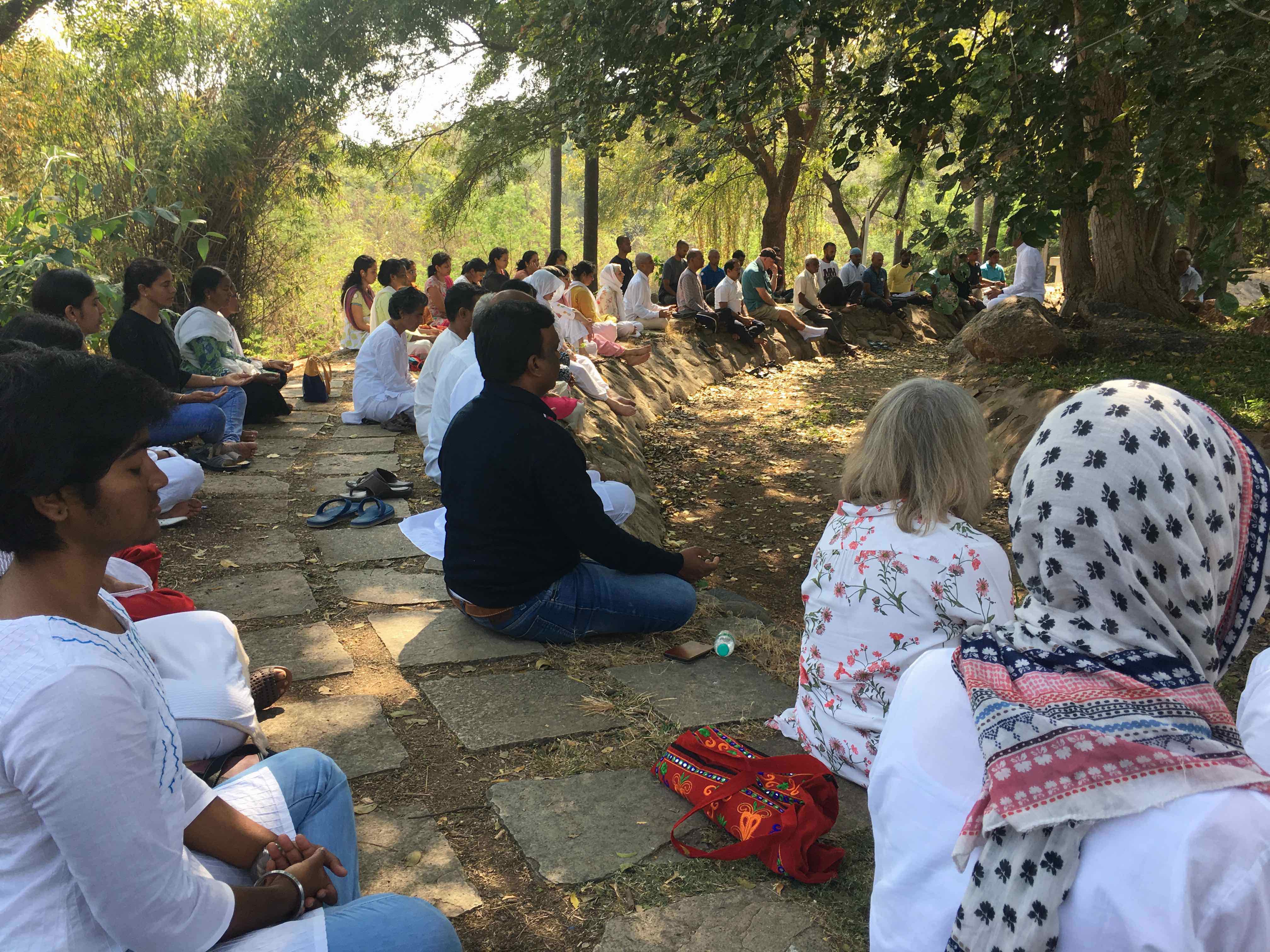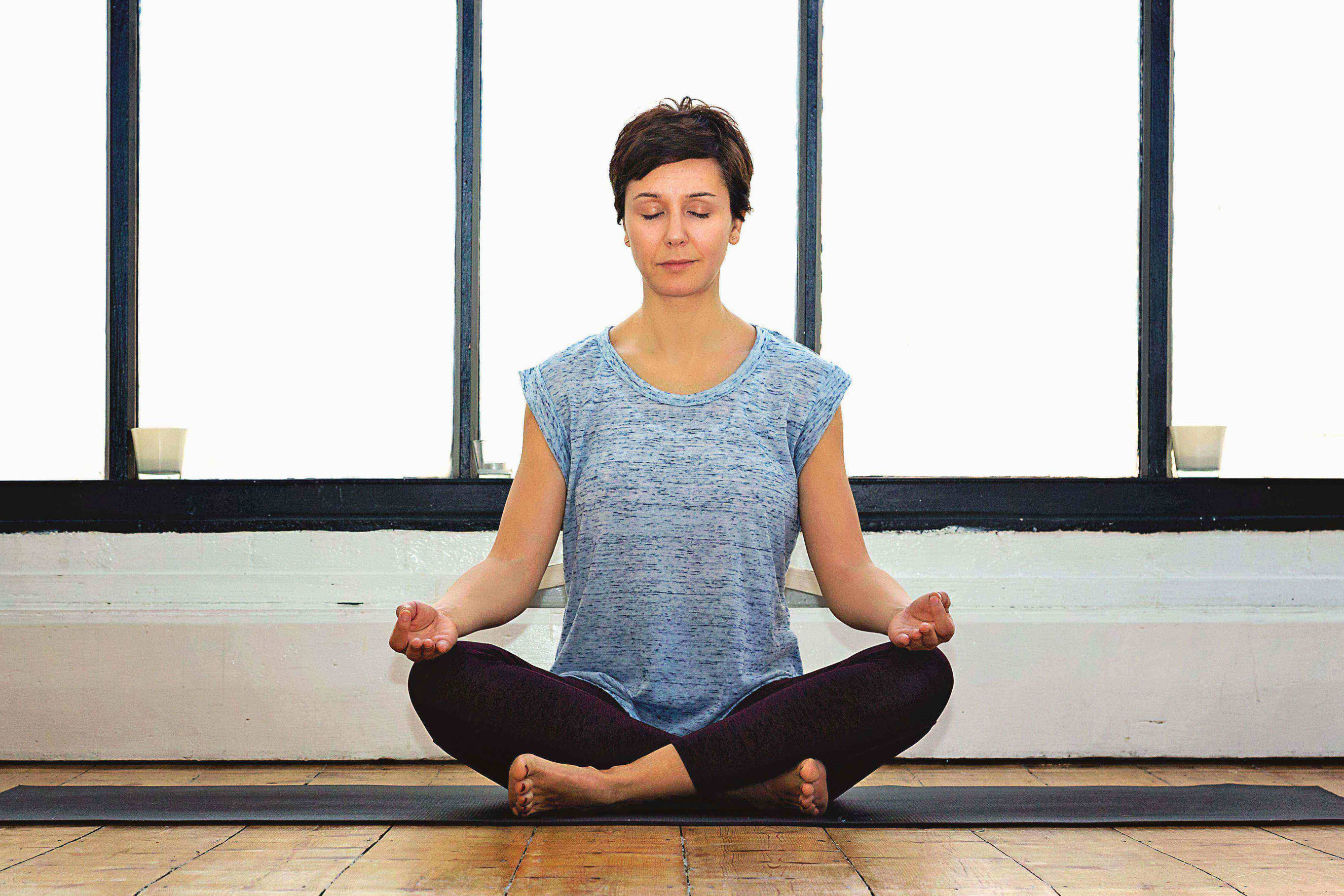By Silvia Lopez-Herrero
There are pivotal moments in life when we most need perspective. The space to connect to our intuition and gain clarity on our direction through this life.
And so it was that I found myself spending last Christmas in India on a 15 day silent meditation retreat. I was apprehensive but as they explained: “The silence allows one to sink into a deeply peaceful state of mind.”
The focus of the retreat was to study the last three limbs of Yoga- Dharana, Dhyana and Samadhi, according to Patanjali’s Yoga Sutras.
Approximately 2,000 years ago, Patanjali outlined a path intended to help us awaken understanding and insight while also growing inner strength and resolve.
One of the most transformative things I learnt was the power of breath and it’s importance in our yoga practice – meaning the 8 limbed science and not just the asana. I had travelled to India to find peace, only to discover that it can be found in every breath – it just takes some practice…


We are used to observing the breath as a point of focus in class or to connect the body and mind. However, when we observe the breath with the wisdom eye (the inner awareness), the behaviour of the air particles change in a way that purifies them and by extension our body. The scientific basis of this phenomenon comes from Quantum Physics and the revolutionary discovery that particles have the capacity to display different types of behaviours at the same time.
A simple analogy will help to illustrate this point…
Imagine a school class full of children; when the teacher is there, the children are well-behaved and when the teacher is not there, the children behave chaotically.
Observing the breath has the same impact on the air particles’ behavior as the teacher has on the children. When we observe our breath, the air particles behave in an ordered or “well-behaved” manner; and when we do not observe it, the particles behave in a random or chaotic fashion.


This fundamental difference in the air inhaled while observing our breath also impacts our body at a cellular level. When this purified air reaches the 720 trillions of cells of our body they respond by dumping all the physiological and emotional rubbish that gets stored in them over time.
The purification of the body and mind that follows this meditation technique paves the way to achieve further stages to Samadhi. If you want to explore this further, Patanjali’s Yoga Dharsana and the Buddha’s Abhidhamma are all about the science of internal observation.
This knowledge has shifted the way I understand and practice yoga. Now, meditation is the central component of my yoga practice and observation of the breath has gained a new meaning in my asana work.
I hope sharing this learning also shifts your understanding of this important component of yoga. If you have any questions about this article, either you like it or you would like to read more about the science of internal observation, let me know! silvialoher@gmail.com
What’s next?
One on one mentoring available if you already have your 200 hours